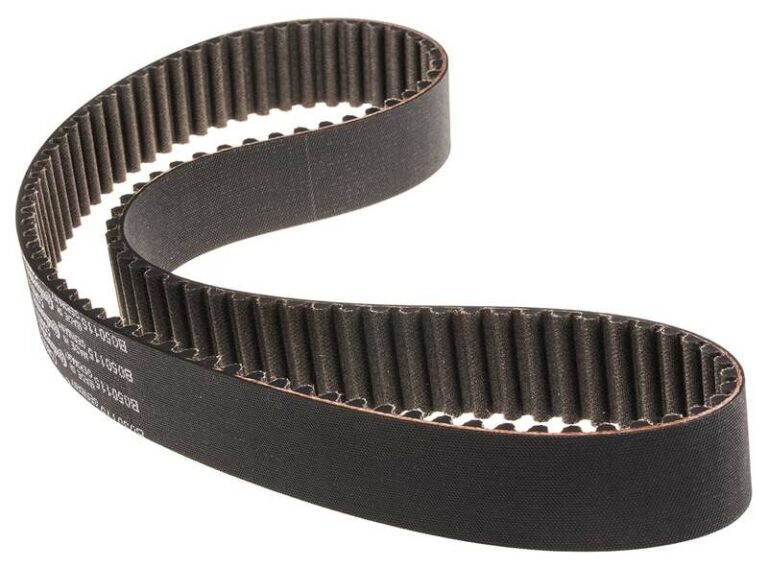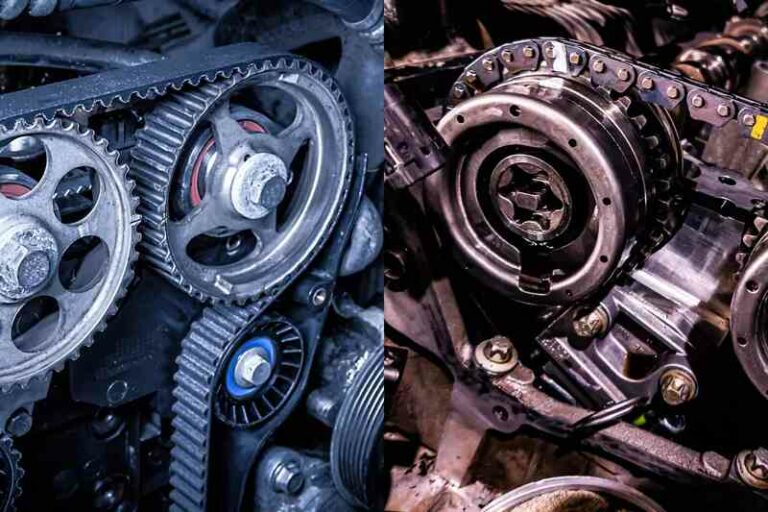Timin belt replacement
Timing Belt Replacement
When you pop open the hood of your car, you might spot an important part called the timing belt. This belt plays a big role in making sure your engine works properly. Think of it like a conductor in an orchestra, coordinating all the moving parts of your engine to work together perfectly. Over time, though, the timing belt can wear out, just like any other part of your car. That’s why it’s important to replace it regularly. If the timing belt breaks, it can cause serious damage to your engine, leading to costly repairs. So, by getting your cambelt replaced on time, you’re keeping your car running well and avoiding potential headaches down the road. It’s a small investment that can save you from big problems later on.
When is it time for timing belt replacement?
The right time to replace your timing belt is typically determined by your car’s manufacturer. They often recommend replacing it every 96,000 kilometres or every five years, whichever comes first. This preventive measure is important because a worn-out timing belt can cause severe engine damage if it breaks. Signs indicating it’s time for a replacement include visible cracks or fraying on the belt, strange engine noises, or noticeable wear and tear. However, waiting for these signs to appear is risky. It’s better to proactively replace the timing belt according to the manufacturer’s guidelines to maintain engine health and prevent unexpected breakdowns.
If you’re unsure when your cambelt was last replaced or if it’s approaching the recommended kilometre limit, it’s wise to schedule a replacement with us. This preventive maintenance step may seem small, but it can save you from significant headaches in the future.
During the timing belt replacement process, we remove the old belt and inspect the surrounding components for any signs of wear or damage. If necessary, we recommend replacing the tensioner, idler pulleys, and other related components to give your engine longer lifespan.
Let’s break it down
In your car’s engine, the timing belt works alongside other important parts, like the water pump, tensioner, and idler pulleys. These components all play a role in keeping your engine working. Over time, they can wear out or become damaged, just like the cambelt itself. If any of these surrounding components fail, it can cause problems similar to those of a worn-out camshaft (cambelt), such as engine overheating or loss of power. Sometimes, issues that seem like a timing belt problem might actually be caused by a faulty water pump or tensioner. That’s why it’s important to have a professional mechanic inspect all these parts when it’s time for a cambelt replacement.
So, if you’re experiencing engine problems, don’t assume it’s always the camshaft – it could be one of its surrounding components that needs attention.
Additional components
Water pump: The water pump is the heart for your car’s cooling system. It circulates coolant (a special liquid) through the engine to keep it from getting too hot. In short, water pump makes sure things don’t overheat.
Tensioner: The tensioner keeps the cambelt or chain at the right tension (not too loose, not too tight) so it can do its job properly. Without a tensioner, the cambelt might slip or break, causing big problems.
Idler pulleys: Idler pulleys guide cambelt along its path and keep it in place, kind of like guardrails on a road. Without these pulleys, the timing belt or chain might wander off track, causing engine trouble.
Oil seals: Oil seals are the protective barriers in your car’s engine. They prevent oil from leaking out and dirt from getting in. They keep everything clean and lubricated inside the engine. Without oil seals, your engine could suffer from oil leaks, leading to damage and poor performance.
Drive belts: Drive belts transfer power from the engine to various components like the alternator, power steering pump, and air conditioning compressor. In short, driving belts are engine’s power distributors, making sure that everything gets the energy it needs to function properly. Without drive belts, these components wouldn’t be able to work, causing problems like a dead battery or loss of steering control.
Timing Belt vs Timing Chain
The timing belt and timing chain are both important parts of your car’s engine, but they work a little differently.
A cambelt is made of rubber and looks like a long, toothed ribbon. It’s quiet and doesn’t need much maintenance, but it can wear out over time and needs to be replaced every so often.
On the other hand, a timing chain is made of metal and looks like a chain you might see on a bicycle. It’s stronger and more durable than a timing belt, so it doesn’t need to be replaced as often. However, it can be noisier and may need more maintenance.
Both the timing belt and timing chain do the same job: they keep the engine’s moving parts working together in perfect harmony. They make sure the pistons and valves open and close at just the right times.
So, whether your car has a timing belt or timing chain, it’s important to take care of it. Make sure to follow your car’s maintenance schedule and replace the timing belt or chain when needed.
Protect Your Engine with Timely Cambelt Replacement
Make sure your engine stays in good shape by replacing the camshaft when it’s needed. The timing belt helps your engine work as it should by coordinating its moving parts. Over time, though, it can wear out and cause problems if it breaks. That’s why it’s important to replace it at the right time, according to your car’s manufacturer. By doing this, you’re protecting your engine from potential damage and costly repairs. Think of it like changing the batteries in your smoke detector to keep your home safe – replacing the timing belt is just as important for keeping your car working and avoiding breakdowns. So, don’t wait until it’s too late. Schedule a camshaft replacement with our mechanic in Tauranga and give your engine the care it deserves.
Contact us today to schedule a timing belt inspection or replacement.


